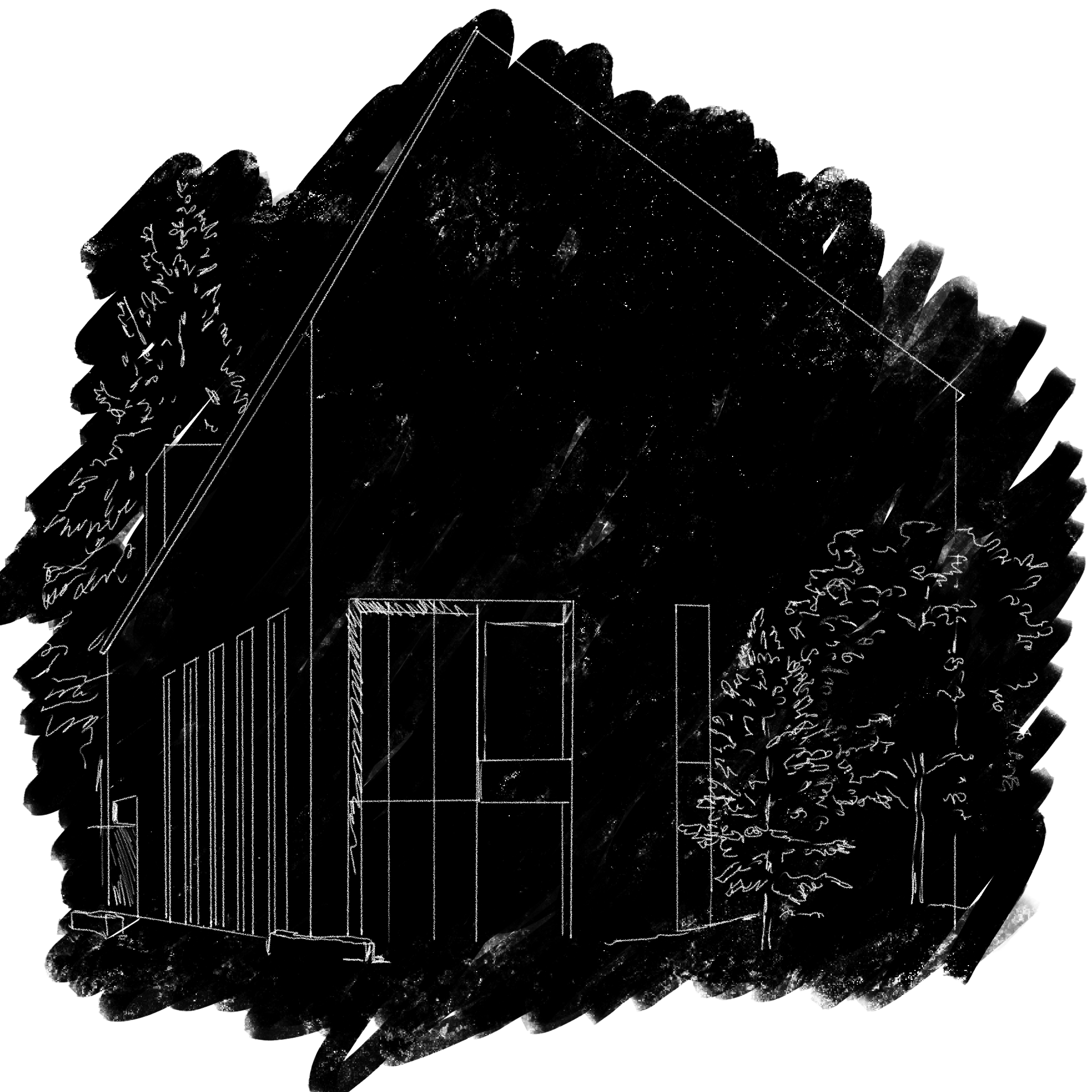A guide to bike racks, ice cores and island living
November 17, 2023
 Henry Abbott
Henry AbbottAre you frustrated by the lack of bike racks around campus? Or maybe the lack of glacial ice cores? Or even the lack of island living options for students? Well, I have answers to address all of these common concerns.
The first question I tackled this week was “Why are there so few bike racks on campus?” My initial inclination was to see what the experts at the Yellow Bike Club thought about the issue. The Bike Friendly University Intern through the Office of Sustainability Sajel Surati ’25 gave me an initial answer.
“Personally, I think there are not enough bike racks on campus and especially not enough covered bike racks. However, the need for committee approval for additional structures and the surprisingly high cost of building covered racks seems to be a big barrier that we should work on,” Surati wrote out in an email.
Director of Sustainability Keisha Payson clarified that there are around 1800 bike rack spots across the whole campus, and the Grounds department keeps a spreadsheet and GIS-powered map of all these locations. However, both Grounds and Sustainability welcome feedback from students on where they believe more bike racks should be placed.
She also reiterated that the office receives budgeting for covered bike racks but continues to run into issues upon implementation. In the meantime, Payson encourages students to utilize the bike racks already available (while not blocking entryways) and to keep bikes inside during the winter as much as possible—especially over winter break—to keep their bikes in good condition.
Shifting gears to a completely different topic, my next question was “What is the story behind the melted ice core in the Arctic Museum?” Admittedly, this is one of my favorite pieces of Bowdoin lore, so I was pumped to answer this question.
In 2001, the Arctic Museum acquired the first of its ice cores, which was taken from the top segment of the Greenland Ice Sheet. This core was displayed as part of an exhibit called “Ancient Ice, Cool Science.” After the exhibit closed, the core was wrapped up and put in a freezer to help preserve the sample for future use. Now this core is used for certain physics and earth and oceanographic studies classes.
At the time when the exhibit initially closed, the museum received many inquiries into when the ice core would be back on display. So the museum obtained a second core that was meant to be on display permanently. This ice core was showcased in a freezer powered by a generator in the Hubbard Hall museum.
However, on one morning in 2018, Director of Peary-Macmillan Arctic Museum and Arctic Studies Center Susan Kaplan and Exhibit Coordinator David Maschino were startled with quite a sight.
“One morning, David Maschino and I discovered a puddle of water where the ice core once stood! Alas, the freezer had failed!” Kaplan wrote in an email.
As of now, the museum is hoping to display the original core which is still intact sometime in the near future.
Now, maybe the most exciting answer story I have had in this Burning Bowdoin Questions journey. One of my friends off-handedly mentioned to me that his supervisor told him that there were students over a decade ago that lived on an island in Georgetown, ME and commuted to campus. He asked if I could find more about this—a challenge I was willing to take on.
After running into a few Residential Life walls, I decided to try my own hand at archival searching through the Orient’s archives. I found a hit in the May 9, 2003 edition of the Bowdoin “Disorient,” a satirical issue published by the Orient at the end of each year.
The section was called “Boxers or Briefs?” and the article within it was titled “Bowdoin students attempt to secede from the Union.” In this article, a group of seniors living on “Ratte island” regale how they seceded from the Union that is Bowdoin, and I knew I was getting somewhere. I went back further in the volume and found my suspect: Timothy Riemer ’03, who wrote a column about the cost of being a college student in which he talked about his house in Georgetown.
After a long LinkedIn exchange, Riemer and a couple of his housemates answered my questions about the logistics of living on an island. Riemer, Daniel Miller ’03, Ed Sweeney ’03 and three of their friends resided on Mill Island, which they renamed Ye Olde Ratte Isle.
The island itself is connected by a paved isthmus that floods during high tide, but the guys could drive across it to make the 20-minute commute to campus each day. While they had to coordinate their travel times based on the daily low-tides, most of them had no issues with their travel.
The home itself was someone’s summer home that they rented during the year, which meant that the house was not super well insulated and had rudimentary heating systems. Riemer said that during the winter, even after bundling in warm clothes and sleeping under two blankets, he could still see his breath.
Overall, they seem to think it was worth it after reflecting back on the experience.
“It was very special living out there. It was so quiet out there. You live with a bunch of different people over your four years, but I think it brought us closer than any other roommate situation I had. Maybe that’s just survival instinct,” Miller said. “I can’t imagine having gone through Bowdoin without that experience.”

Comments
Before submitting a comment, please review our comment policy. Some key points from the policy: